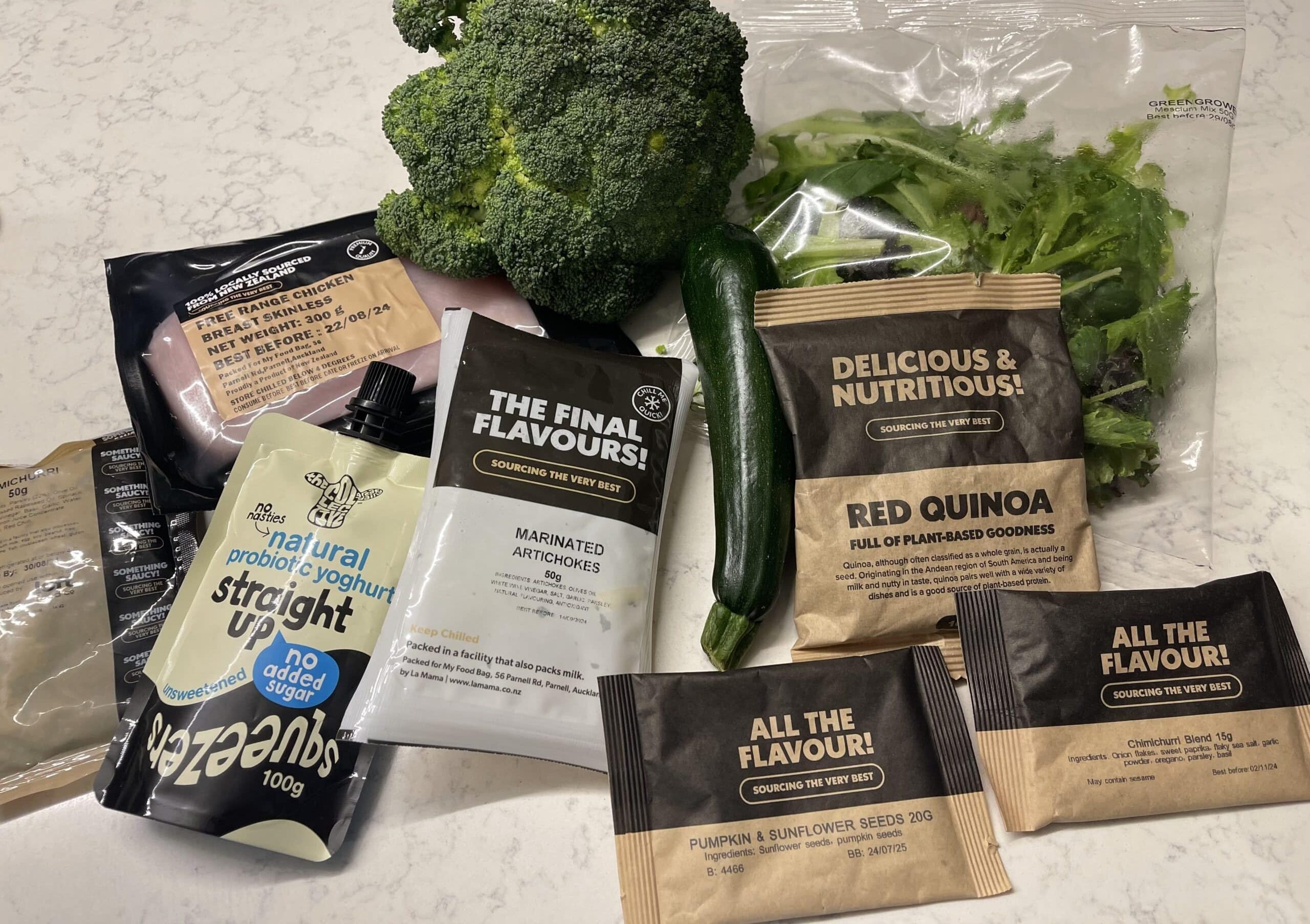3 Min Read…
Email marketing is a powerful tool for businesses, but it can only be beneficial if used wisely. Sending too many emails can lead to subscriber fatigue, increased unsubscribe rates, and potential damage to your brand’s reputation.
This was exemplified by my recent experience with one of New Zealand’s much-loved brands, My Food Bag, which highlights how removing an essential email from their strategy can have disastrous customer experience outcomes.
Case Study: My Food Bag’s Email Marketing Misstep
Customers who sign up for My Food Bag expect a seamless process that includes meal selection and timely reminders. At first, it all seemed highly efficient and quite exciting. It became apparent that there was a desire to upsell by email, and who can blame them in a challenging economy? Their add-ons can help a busy home and replace the supermarket’s online shopping options.
Email communication was evidently high on their list of methods of communication to a new customer. Until that is, no reminder is sent to tell you to select your meals for next week or put your plan on hold before you’ve even had your first meal from the first delivery.
Another email arrives, informing you of the foods selected for you and that they cannot be changed or cancelled. I agree, these are their terms, but being new to the platform and having many emails sent, I expected a reminder or perhaps a feedback survey after my first week of meals. I may have missed it; I process a lot of emails in a day. I jumped on chat only to be told they were not open yet. I contacted them again at the end of the day. The ‘customer love’ chat rep was as helpful as possible and used phrases such as ‘I am not responsible.’
Then I called and spoke with another ‘customer love’ team member, and I was informed that customers complained that they were being spammed or bombarded with emails. In response to this, it was a ‘management decision’ to withdraw the reminder email about meal selection. This, I thought, was rather odd.
Why would you withdraw a useful, almost transactional email from your email campaigns in favour of marketing upsell campaigns based on this complaint? The only reasonable conclusion for this is that of turnover. That email would allow the customer to put the following week on hold or, maybe, order less profitable meals from My Food Bag.
This approach needs to pay more attention to the importance of sending informative, transactional or campaign emails that genuinely assist customers in managing their subscriptions.
Lessons Learned
- Balance is Key: Finding a balance between promotional and transactional emails is crucial. While upselling is a part of business, it should include the essential communications that help customers manage their accounts effectively.
- Listen to Customer Feedback: My Food Bag’s decision to cancel reminder emails was based on customer complaints about receiving too many emails. However, removing these informative emails left a gap in customer service, leading to frustration and the need for time-consuming customer support interactions.
- Understand the Value of Transactional Emails: Transactional emails, such as meal selection reminders, are informative and enhance customer experience by providing timely and relevant information. These should not be sacrificed for purely promotional content.
- Empower your team: The sharp end of the stick is always taken by those in customer service, in this case, the ‘customer love’ team on chat and the phone. I would not be writing this article if the business had empowered them to offer a mutually pleasing solution.
Practical Email Marketing lessons from this case study
- Focus on Quality Over Quantity: Sending fewer, more targeted emails can be more effective than bombarding subscribers with frequent promotions. This approach can help maintain engagement and reduce unsubscribe rates.
- Personalise and Segment: When you have the relevant data, tailor your emails to meet the specific needs and preferences of your audience. Data can take time to collect and email can also be a way to start collecting this.
By learning from My Food Bag’s example and implementing these best practices, businesses can enhance email marketing strategies and foster stronger customer relationships.







